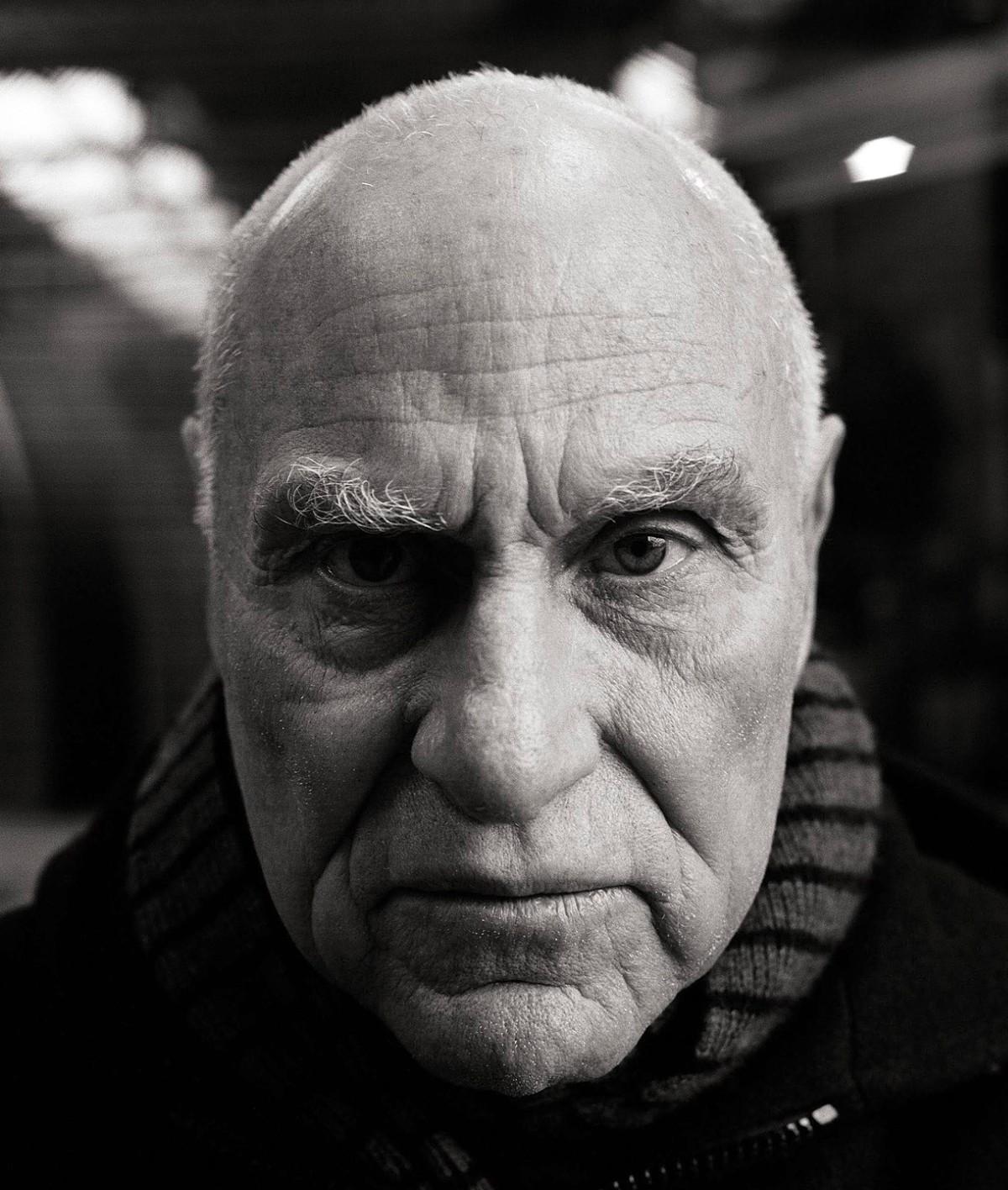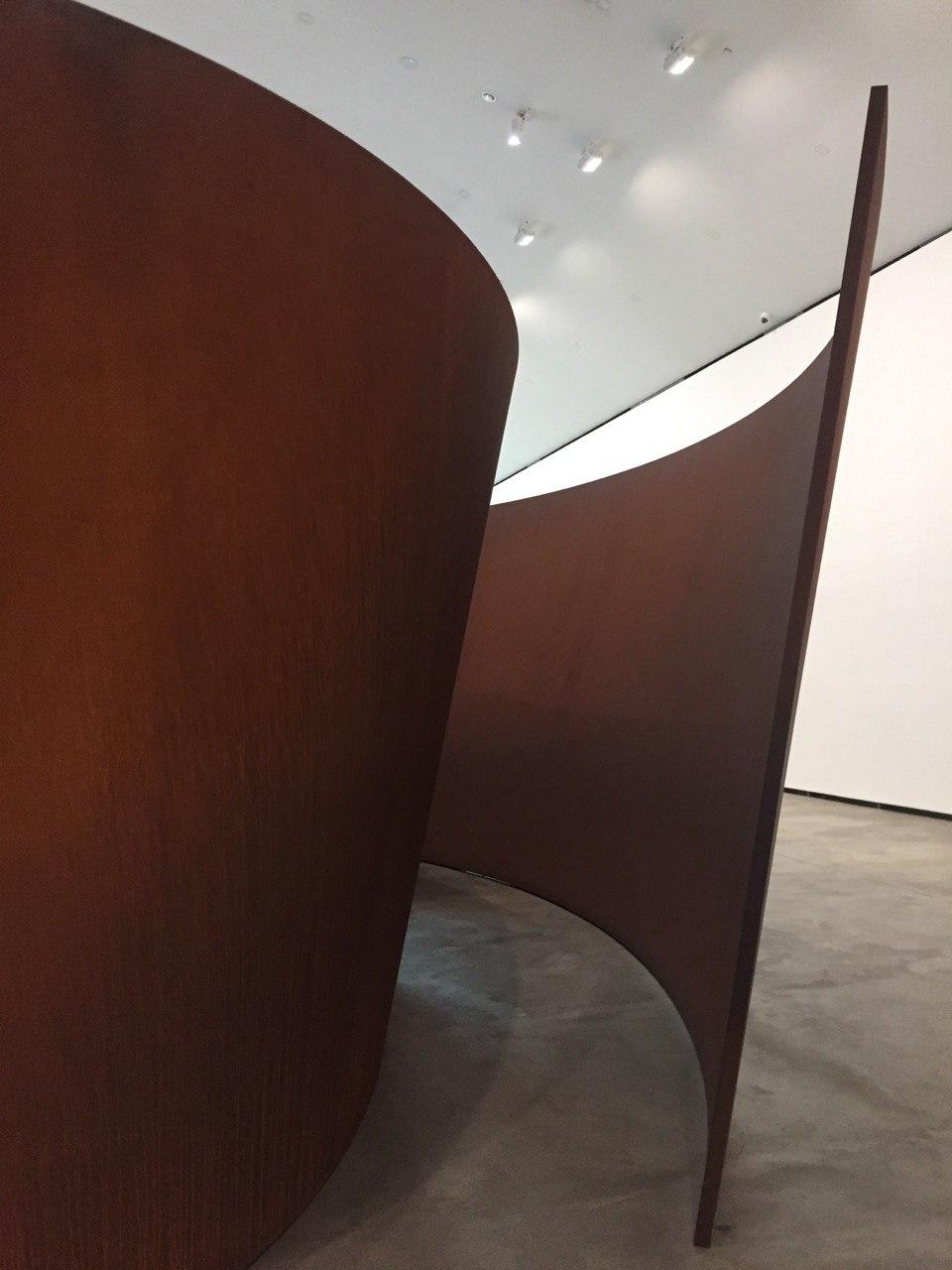He studied English at the University of California, Berkeley, Art History, and Art at Yale University, earning two BA’s and an MFA. While he was at UC Berkeley, Serra worked in steel mills to support himself. While at Yale, he met many Minimalists and other influential artists who would become lifelong friends, including Brice Marden, Chuck Close, Nancy Graves, Philip Guston, Robert Rauschenberg, and Frank Stella.
In 1966, he moved to New York and began to experiment with new materials including rubber, latex, fiberglass, and lead. But he didn't develop the heavy structures that undulate into sculptural forms, which he would become most known for, until the 1970s. At that time, Serra received a Guggenheim Fellowship and he traveled to Japan and created outdoor sculptures. Interested in how one interacts and relates to their environment through movement, space, and time, his outdoor sculptures became these large steel plates that would stand on their own without screws, bolts, or welds.
Often, these works which have been installed at major museums and institutions across the world, were so heavy that they required special permits to be moved and installed. Interestingly, Serra’s works often rely on the physics and architecture of their structure, wherein the curves and tilts work to keep the pieces stable. His bold exploration of scale, weight, and balance transformed urban landscapes and museum environments alike, inviting viewers to engage with space in new and profound ways.
As one of the leading proponents of minimalist and site-specific art, Serra's impact on the art world profoundly shapes discourse and inspires generations of artists to push the limits of artistic expression.






























